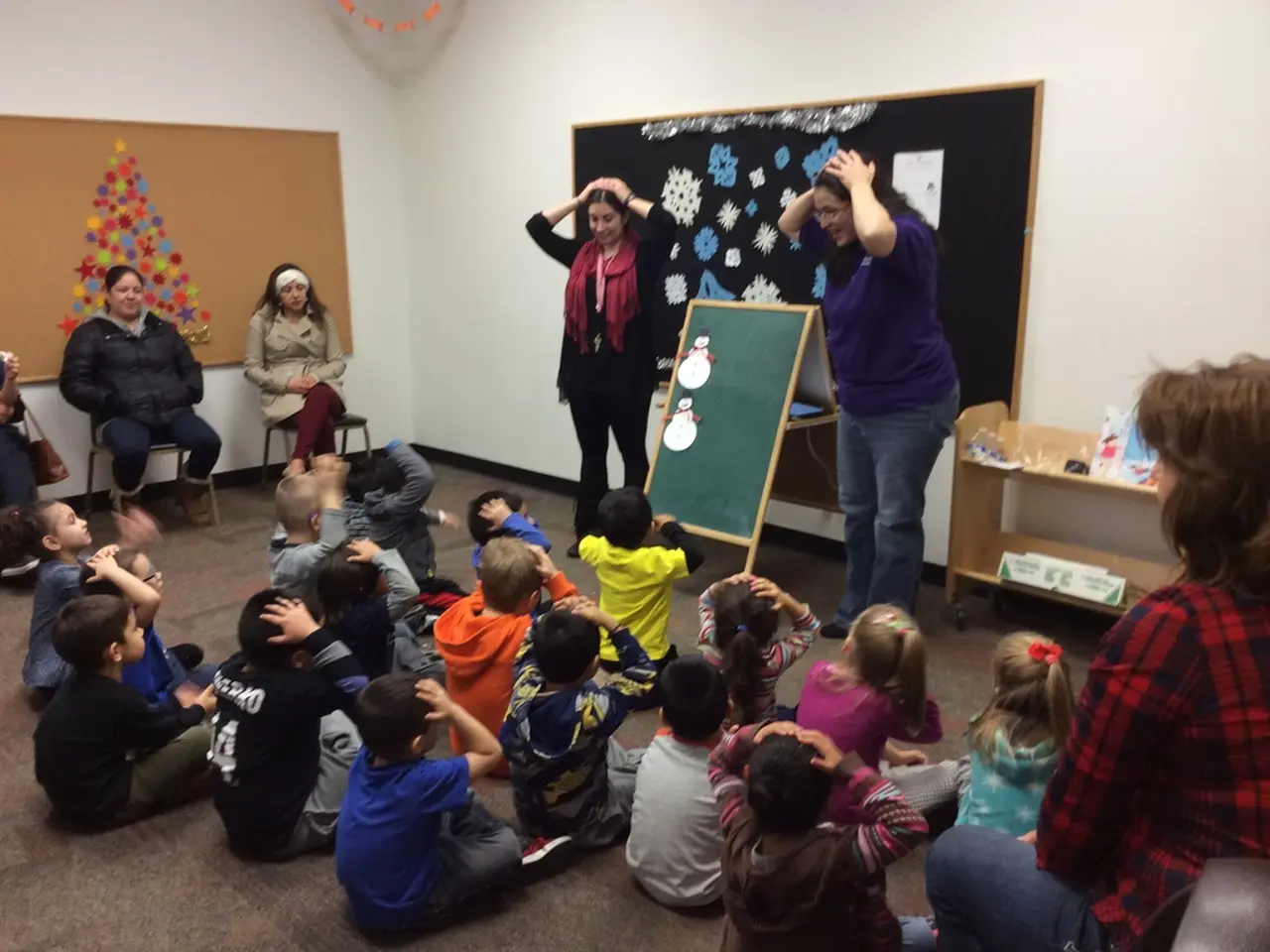Celebrating the Native Americans of Sonoma County
In the heart of California, Sonoma County boasts a rich and complex history that spans thousands of years, with its earliest inhabitants being the **Pomo, Coast Miwok, Wappo,** and **Yuki** peoples[1][3][5]. These Indigenous communities have thrived in Sonoma County since around 8000 BC, living sustainably within the natural environment[1].
### Historical Context
The Indigenous peoples of Sonoma County experienced profound changes with the arrival of European settlers. Archaeological evidence, such as rock carvings, especially in southern Sonoma County, testifies to their long-standing presence[1]. The **Kashia Band of Pomo Indians** were among the original coastal inhabitants around Fort Ross, with their territory stretching from the Gualala River to the Russian River and inland areas[5].
The arrival of the Spanish in the late 16th century marked a significant turning point. The Spanish established Mission San Francisco Solano in Sonoma in 1823, the northernmost of California's 21 missions. The mission system aimed to convert Indigenous peoples to Christianity and integrate them into colonial society, often leading to displacement, forced labor, and exposure to European diseases[1][2].
Sonoma County's Indigenous peoples also faced disruptions with the establishment of Russian and other European settlements. The Russians established Fort Ross in 1812 as a trading post and fur-harvesting center on the Sonoma Coast, bringing Russian and Aleut settlers into the area[1]. However, the Russians abandoned Fort Ross in 1841.
The Mexican and American periods brought additional waves of settlers, leading to further pressures on Indigenous communities[1][2]. The Yuki, whose traditional territory extended into northern Sonoma County, suffered greatly during American expansion. In 1856, many Yuki and other tribes were forcibly moved to the Round Valley Indian Reservation, leading to massive loss of life and further trauma[3].
### Current Status
Today, many Indigenous groups in Sonoma County are federally recognized tribes, including the **Kashia Band of Pomo Indians of the Stewarts Point Rancheria**, who continue to manage their land and cultural heritage in the coastal region[5]. Efforts at cultural revitalization and healing are ongoing among local tribes and throughout California Native communities[4].
Sonoma County offers numerous resources for those interested in learning about its Indigenous heritage. The Museum of Sonoma County has exhibits and programs that highlight the region's history, including a segment about Native People, Native Lands[2]. The Santa Rosa Junior College Multicultural Museum has a large collection of traditional Native American art, including the handmade basket collection of Pomo weaver Elsie Comanche Allen[2].
The Children's Museum of Sonoma County offers a playful, hands-on learning environment and features exhibits and books by and about Indigenous peoples during Native American Heritage Month[2]. The California Indian Museum and Cultural Center (CIMCC) is a self-guided museum showcasing California Native American history and culture[2].
In Sonoma County, there are currently five federally recognized tribes: Cloverdale Rancheria of Pomo Indians, Dry Creek Rancheria Band of Pomo Indians, Federated Indians of the Graton Rancheria, Kashia Band of Pomo Indians of the Stewarts Point Reservation, and Lytton Rancheria Band of Pomo Indians[2].
To discover the Indigenous peoples whose land you live on, you can use the Native Land Interactive Map[3]. It's essential to acknowledge and respect the history and culture of the original inhabitants of Sonoma County as we continue to learn and grow together.
[1] California Indian Museum and Cultural Center (n.d.). Indigenous Peoples of Sonoma County. Retrieved from https://cimcc.org/indigenous-peoples-of-sonoma-county/
[2] Children's Museum of Sonoma County (n.d.). Indigenous Peoples. Retrieved from https://www.cmosc.org/indigenous-peoples
[3] Redbud Resource Group (n.d.). About Us. Retrieved from https://www.redbudresourcegroup.com/about-us
[4] Suscol Intertribal Council (n.d.). About Us. Retrieved from https://www.suscolitc.org/about-us
[5] The Kashia Band of Pomo Indians of the Stewarts Point Rancheria (n.d.). History. Retrieved from https://kashia.org/history/
Education and self-development in Sonoma County can include learning about the rich history of its Indigenous communities, such as the Kashia Band of Pomo Indians, who have lived in the area since around 8000 BC. One can take part in this journey of learning by visiting museums like the Museum of Sonoma County and the Santa Rosa Junior College Multicultural Museum, where exhibits showcase the history and culture of the original inhabitants of Sonoma County.




